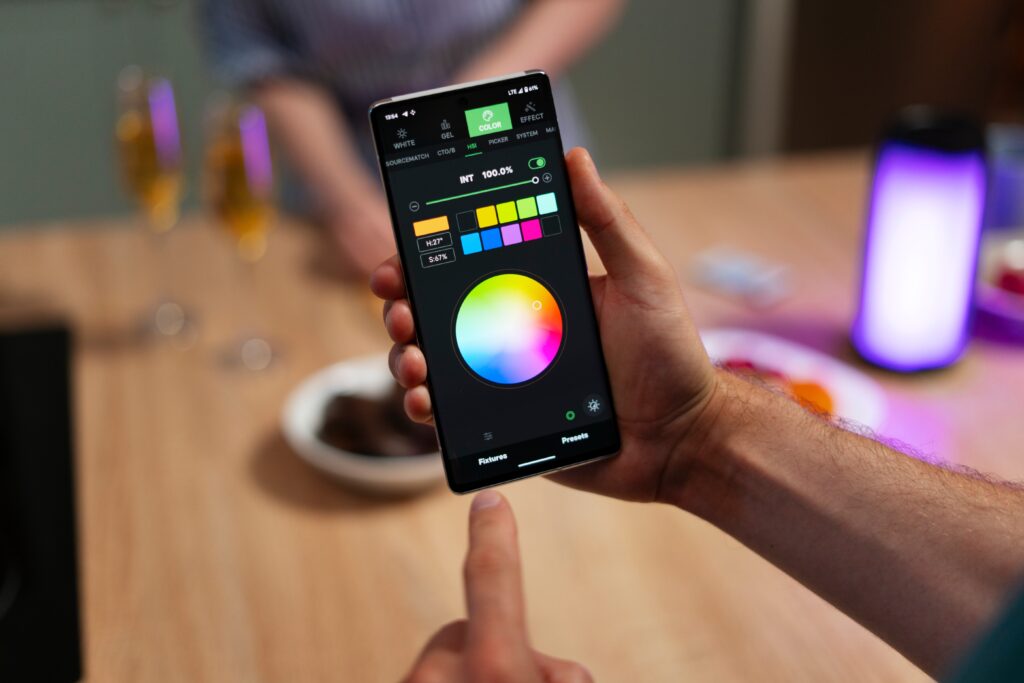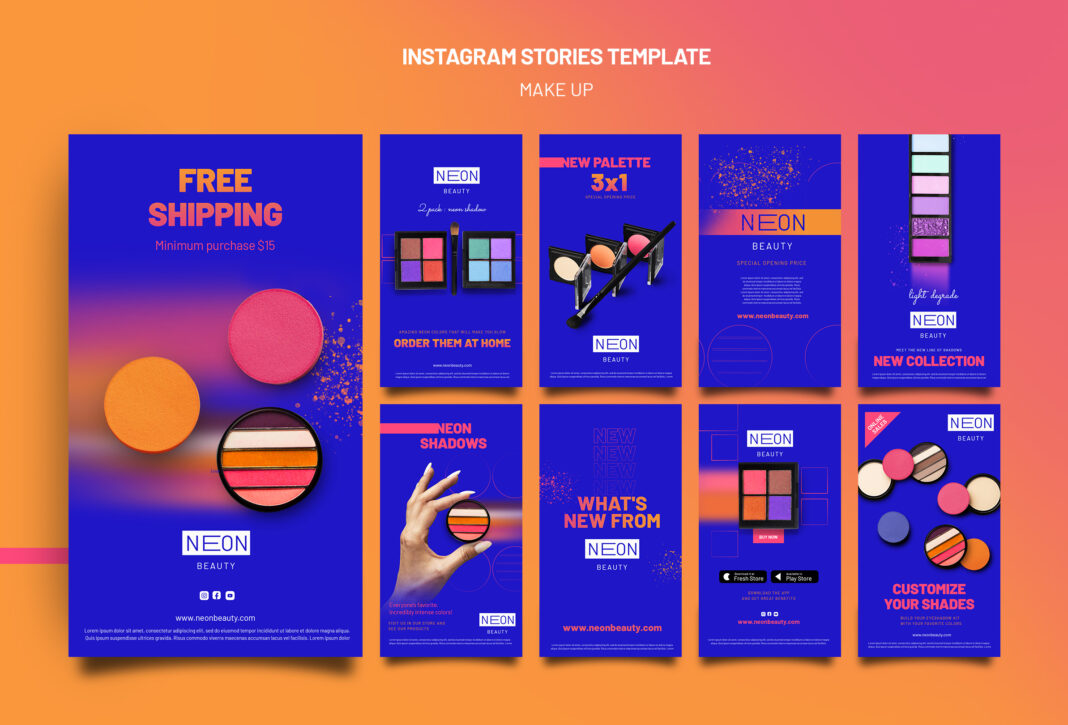The Power of Color in Digital Interfaces
Color is one of the most powerful tools in app design. It influences emotions, directs attention, and even affects decision-making. Unlike text or images, color communicates instantly—often subconsciously. A well-chosen color scheme can improve usability, strengthen branding, and increase conversions. A poorly selected palette, however, can confuse users, reduce engagement, and even harm accessibility.

This guide explores the science behind color psychology, how different hues impact user perception, and practical strategies for selecting the right colors for your app. We’ll also examine cultural differences, common mistakes, and real-world examples from successful apps.
1. The Science of Color Psychology
How the Brain Processes Color
Colors trigger emotional and physiological responses due to their association with natural elements and cultural conditioning. For example:
- Blue reminds people of the sky and water, evoking calmness.
- Red mimics blood and fire, signaling urgency or danger.
- Green is tied to nature, promoting relaxation and growth.
Studies in neuromarketing confirm that up to 90% of snap judgments about products are based on color alone (Singh, 2006).
Color and Brand Recognition
Consistent color use increases brand recognition by 80% (University of Loyola). This is why major brands like Facebook (blue), McDonald’s (yellow/red), and Starbucks (green) maintain strict color guidelines.
The Role of Color in User Experience (UX)
- Navigation: Colors help users identify interactive elements (buttons, links).
- Emotional Engagement: Warm colors (red, orange) excite, while cool colors (blue, green) relax.
- Conversion Optimization: Strategic color choices can increase click-through rates (CTRs) by 10-20%.
2. How Different Colors Influence User Behavior
Red: Energy, Urgency, and Attention
- Psychological Impact: Increases heart rate, creates urgency.
- Best Uses:
- Call-to-action buttons (“Buy Now,” “Subscribe”).
- Food delivery apps (stimulates appetite).
- Error messages (grabs attention).
- Example: Netflix’s red logo creates excitement.
Blue: Trust, Security, and Professionalism
- Psychological Impact: Calms the mind, builds trust.
- Best Uses:
- Banking apps (Chase, PayPal).
- Healthcare apps (tranquility).
- Social media (Facebook, LinkedIn).
- Example: Twitter’s blue reinforces reliability.
Green: Growth, Health, and Eco-Friendliness
- Psychological Impact: Associated with nature, relaxation.
- Best Uses:
- Fitness apps (MyFitnessPal).
- Financial apps (wealth growth).
- Sustainability brands.
- Example: Spotify’s green conveys creativity.
Yellow: Optimism and Caution
- Psychological Impact: Grabs attention, evokes happiness.
- Best Uses:
- Discount apps (Snapchat).
- Warning messages.
- Children’s apps (playfulness).
- Example: McDonald’s golden arches stimulate appetite.
Black & White: Simplicity and Luxury
- Psychological Impact: Black = sophistication; white = cleanliness.
- Best Uses:
- High-end retail apps (Apple, Nike).
- Minimalist designs.
- Example: Apple’s monochrome UI feels premium.
Purple: Creativity and Luxury
- Psychological Impact: Imagination, royalty.
- Best Uses:
- Beauty brands (Milani, Urban Decay).
- Meditation apps (Calm).
- Example: Yahoo’s purple stands out without being aggressive.
3. Cultural Differences in Color Perception
Why Culture Matters in App Design
Colors carry different meanings worldwide:
- White: Purity (Western) vs. mourning (East Asia).
- Red: Luck (China) vs. danger (U.S.).
- Green: Wealth (Middle East) vs. nature (U.S.).
How to Adapt Your App for Global Audiences
- Research Local Symbolism: Use tools like Culturegrams.
- A/B Test in Different Markets: A color that works in the U.S. may fail in Japan.
- Offer Customizable Themes: Let users adjust colors based on preference.
4. Best Practices for Choosing App Colors
A. Align with Brand Identity
- Use a primary color (e.g., Coca-Cola red) and 2-3 supporting shades.
- Maintain consistency across all platforms (iOS, Android, web).
B. Ensure Accessibility
- Follow WCAG 2.1 guidelines (minimum 4.5:1 contrast ratio).
- Avoid red-green combinations (problematic for color-blind users).
- Test with tools like WebAIM’s Contrast Checker.
C. Use Color to Guide User Actions
- Highlight primary buttons (e.g., orange for “Sign Up”).
- Mute secondary actions (grayed-out “Skip” buttons).
D. Test with Real Users
- Conduct A/B testing on button colors.
- Gather feedback via surveys or heatmaps (Hotjar).
5. Common Mistakes in App Color Design
Mistake #1: Using Too Many Colors
- Problem: Overwhelms users, dilutes branding.
- Fix: Stick to a 3-color max rule (primary, secondary, accent).
Mistake #2: Ignoring Dark Mode
- Problem: Colors may become unreadable in dark themes.
- Fix: Test both light/dark modes during development.
Mistake #3: Following Trends Blindly
- Problem: Trends fade (e.g., flat design, neon gradients).
- Fix: Focus on timeless palettes first, then add subtle trends.
Mistake #4: Poor Contrast
- Problem: Text blends into the background.
- Fix: Use Adobe Color’s Accessibility Tools.
6. FAQ: Answering Key Questions on Color in App Design
Q1: What’s the best color for a “Buy Now” button?
A: Red or orange often perform best due to urgency, but always A/B test.
Q2: How do I choose a color palette for my app?
A: Start with brand colors, then use Coolors.co or Adobe Color for harmony.
Q3: Can colors really affect conversion rates?
A: Yes. HubSpot found red CTA buttons outperformed green by 21%.
Q4: How important is color in UX design?
A: Critical. It affects usability, emotions, and trust.
Q5: Should I use dark or light mode?
A: Offer both. 82% of users prefer dark mode at night (Android Authority).
Conclusion: Mastering Color for Better App Design
Color is more than decoration—it’s a psychological tool that shapes user behavior. By applying these principles, you can:
✔ Enhance usability with intuitive color cues.
✔ Boost engagement through emotional triggers.
✔ Increase conversions with strategic CTAs.

